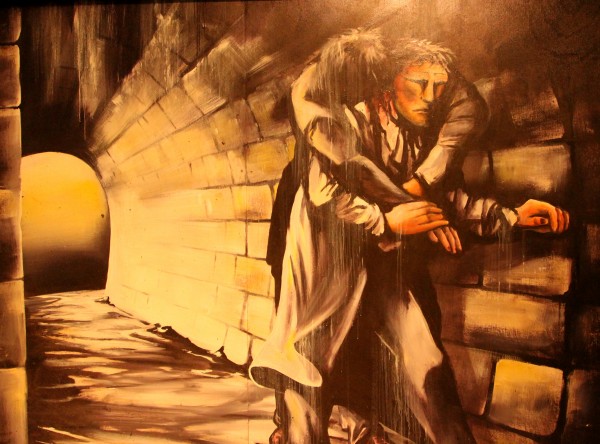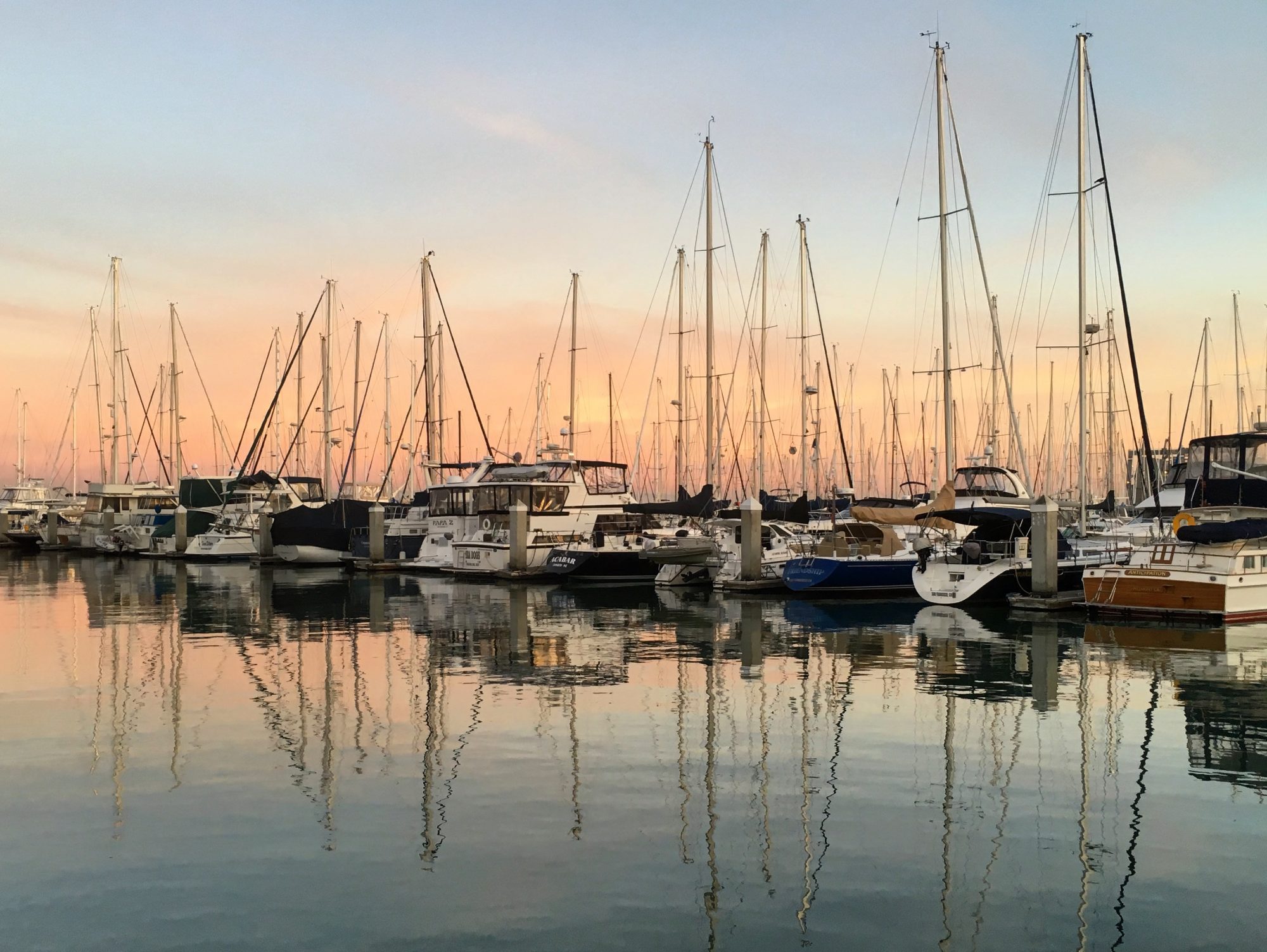
Downside of touring the Paris sewer system: You realize you can never complain about your work again. Upside: You get a fascinating look at the underground labyrinth that keeps a great city going.
A sewer museum may not be the first thing you think of when you list the sights of Paris, but the Musee des Egouts is a bona fide tourist attraction next to the Seine in the 7th Arrondisement (district).
There’s a cleaned-up gallery with some exhibits, including interactive models showing how the vast system works. But this is no sanitized facsimile. You walk past and above rivers of what we will call for politeness’ sake merde.
I was lucky enough to run into Tino, now a guide but formerly on the sewage cleaning crew. Tino has an accounting degree but couldn’t find office work because of “La crise,” the recession, So, he signed up to work cleaning the sewers, a job that’s done with various contraptions including barges and scrubbing machines that workers push through the tunnels. Like miners, they work in a dank darkness lit only by headlamps, but there is no gold or other precious substance to be found here.
No need to go into too much detail of what the crew has to deal with, but I will say I learned a new phrase: merde purée.
Sewers in Paris were an open drain in the middle of the street until the 14th century when a vaulted stone-walled sewer was built. Gradual improvements were made until 1850 when Baron Haussmann, the architect of modern Paris, and engineer Eugene Belgrand designed the comprehensive sewer and water supply system.
There is a literary history here, too; these are the sewers through which Jean Valjean carried Marius in Victor Hugo’s Les Miserables.
Is this the part where I admit I didn’t get past Chapter 1 of that classic work? OK then.
However, museum exhibits explain that Hugo knew sewer inspector Emmanuel Bruneseau, who mapped the underground maze, so he was writing with authority. Paris, said Hugo,”has another Paris under herself; a Paris of sewers; which has its streets, its crossings, its squares, its blind alleys, its arteries and its circulation, which is slime, minus the human form.”
Really puts you in the mood for a spot of dejeuner, doesn’t it?
Fun facts about the Paris sewers:
2,100: Kilometers of tunnels
15,000: Cubic meters of solid waste disposed of daily
1,200,000: Cubic meters of wastewater collected each day
Need to know:
- Where: Pont de l’Alma, opposite Quai d’Orsay. Take the Metro line 9 to the Alma-Marceau station.
- When: Open daily except Thursday and Friday, 11-5 in summer, €4-30 adults
- Website: http://www.paris.fr/english/heritage-and-sights/main-sights/visit-the-paris-sewer-system-duplique/rub_8275_stand_132295_port_19140
- Don’t miss: The toy rats for sale in the gift shop.
And here for your viewing pleasure, the subterranean arteries at work.
